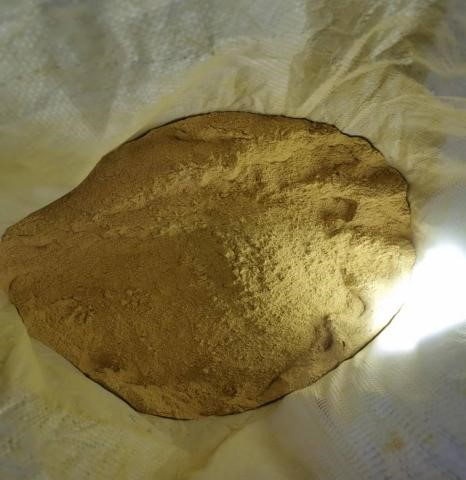



Exploring the Properties and Applications of Cationic Polyacrylamide in Various Industries
Cationic polyacrylamide (C-PAM) is a synthetic polymer derived from acrylamide, known for its unique properties and extensive applications in various industries. This versatile polymer has gained significant attention in fields such as water treatment, papermaking, and oil recovery, owing to its effective flocculation, sedimentation, and stabilization capabilities.
Chemical Structure and Properties
Cationic polyacrylamide is produced through the polymerization of acrylamide, incorporating cationic functional groups into its structure. This modification endows the polymer with a positive charge, which is the primary reason for its ability to interact with negatively charged particles in a solution. The degree of cationic charge, molecular weight, and molecular structure can vary depending on the specific formulation, influencing its effectiveness in particular applications.
The polymer’s unique characteristics include high viscosity and the capacity to form stable gels. These properties make C-PAM highly effective as a coagulant and flocculant in various industrial processes. The electrostatic interactions between the cationic polymer and negatively charged entities—such as suspended particles in wastewater—facilitate the aggregation of particles, resulting in a clearer effluent.
Applications in Water Treatment
One of the most significant applications of cationic polyacrylamide is in water treatment processes. Municipal and industrial wastewater often contains suspended solids that need to be eliminated to meet environmental regulations. C-PAM is used as a flocculant in sedimentation tanks, where it promotes the agglomeration of fine particles, making them easier to remove through settling or filtration. This process not only enhances the efficiency of water treatment but also reduces the overall operational costs.
In addition, C-PAM has proven effective in various other contexts, such as the treatment of sludge. By adding cationic polyacrylamide, the water content in sludge can be significantly reduced, leading to easier handling and disposal. This application is particularly important in industries that generate large amounts of waste sludge, such as papermaking and food processing.
Role in Papermaking
Cationic polyacrylamide also plays a crucial role in the papermaking industry. As a retention aid, it enhances the retention of fine fibers, fillers, and other additives during the paper manufacturing process. By improving retention rates, C-PAM contributes to better paper quality, reduced waste, and lower production costs.
cationic polyacrylamide sds

Moreover, its ability to improve drainage during the paper formation process results in increased production rates and energy savings in drying operations. These benefits make C-PAM a valuable component in modern papermaking, where efficiency and sustainability are prioritized.
Enhanced Oil Recovery
In the oil and gas industry, cationic polyacrylamide is used in enhanced oil recovery (EOR) techniques. EOR processes aim to increase the amount of crude oil that can be extracted from an oil reservoir. C-PAM helps in stabilizing oil-water emulsions and reducing interfacial tension, thereby improving the efficiency of oil displacement techniques. The application of C-PAM in this field not only boosts oil recovery rates but also minimizes environmental impacts, highlighting its significance in sustainable energy practices.
Environmental Considerations and Safety
While cationic polyacrylamide has numerous beneficial applications, its use is not without concerns. Acrylamide, a precursor in C-PAM synthesis, is classified as a potential human carcinogen, raising questions regarding safety in handling and environmental impact. Therefore, manufacturers and users must adhere to stringent guidelines to ensure safe usage practices and mitigate potential risks.
Research into alternative formulations, such as biodegradable or less toxic counterparts, is ongoing, aiming to provide safer options for industries that rely on cationic polyacrylamide.
Conclusion
Cationic polyacrylamide is a vital synthetic polymer with a broad range of applications, particularly in water treatment, papermaking, and enhanced oil recovery. Its ability to effectively flocculate and stabilize particles makes it an indispensable tool in numerous industrial processes. However, awareness and caution concerning its safety and environmental impact must be a priority. Continued research and development will pave the way for safer alternatives, ensuring that the benefits of C-PAM can be enjoyed without compromising health or the environment.
-
Why Sodium Persulfate Is Everywhere NowNewsJul.07,2025
-
Why Polyacrylamide Is in High DemandNewsJul.07,2025
-
Understanding Paint Chemicals and Their ApplicationsNewsJul.07,2025
-
Smart Use Of Mining ChemicalsNewsJul.07,2025
-
Practical Uses of Potassium MonopersulfateNewsJul.07,2025
-
Agrochemicals In Real FarmingNewsJul.07,2025
-
Sodium Chlorite Hot UsesNewsJul.01,2025










